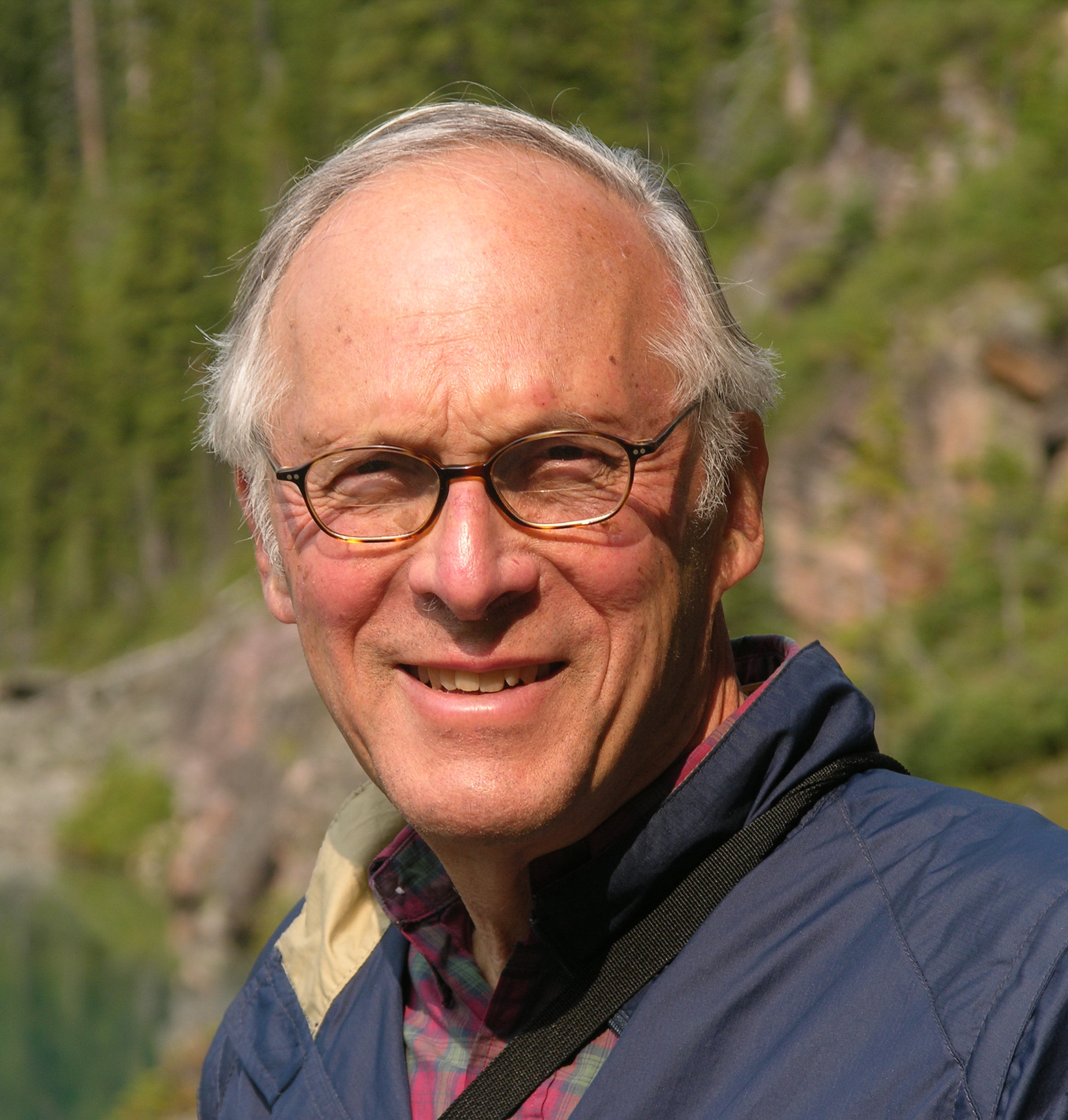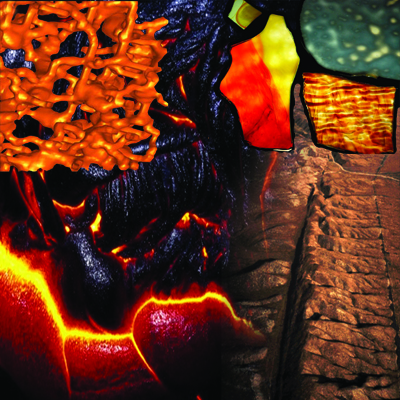 |
Center for Nonlinear Studies |
| 2009 Kac Lecture Series March 9-11, 2009 |
||
|
Guest Lecturer Professor James S. Langer Department of Physics |
 |
| Lecture Schedule: | ||
(View .pdf poster) Glassy materials, and noncrystalline materials in general, make up a very large part of our world, yet we have no deep fundamental understanding of them. Despite the fact that glasses look microscopically very much like fluids, we have no fluidlike equations of motion with which to predict how they will perform in practical applications. In this lecture, I will talk about recent developments in the theory of glassy rheology, and the emerging concept of an effective temperature as a useful way to describe the dynamics of internal disorder in noncrystalline materials. Applications to be discussed include deformation of bulk metallic glasses, and shear failure in the lab and in earthquake faults. |
||
(View .pdf poster) One of the most fascinating mysteries in physics is the nature of the glass transition. Is the transition between a liquid and a glass a true thermodynamic phase transition? What mechanism causes the viscosities of glass-forming liquids effectively to diverge at finite temperatures? What is the connection between this dynamic behavior and the remarkable thermodynamic properties of these materials? In this lecture, I will review earlier theoretical approaches to this subject and present some recent ideas of my own. |
||
(View .pdf poster) The state of configurational disorder of an amorphous material is naturally characterized by an effective temperature Teff, which is generally different from the ordinary temperature when the material is near or below the glass transition and is being driven out of mechanical equilibrium. My main illustration of the role of Teff will be an analysis of extensive MD simulations by Haxton and Liu, in which Teff is measured directly and is seen to play an unexpectedly important, "quasi-thermodynamic" role. In particular, it appears that there exists a glass transition as a function of Teff at thermal temperatures below the equilibrium glass transition. If time permits, I will talk about recent efforts to develop a systematic theory of the effective temperature. These efforts have required a reexamination of the relation between the classic thermodynamic and statistical statements of the second law of thermodynamics. |
||
| Operated by the Triad National Security, LLC
for the National Nuclear Security Administration
of the US Department of Energy. Copyright © 2003 LANS, LLC | Disclaimer/Privacy |
